When I wandered through Viseu in Central Portugal, I felt instantly charmed by its blend of art, tradition, and wine. Viseu really is the artistic heart of the Dão wine region. Layers of history seem to unfold on every cobblestone and in every vineyard view.
The Grão Vasco Museum wowed me with its collection of Portuguese art. Ancient walls and towers hinted at centuries of stories just waiting to be uncovered.
As I explored, the city’s medieval atmosphere pulled me in. Winding alleys lined with azulejo tiles and quiet corners made the past feel close.
The legend of Viriato, a local hero, still echoes in Viseu. That sense of pride and mystery feels unique to this part of Portugal.
If you’re after a place that blends art, deep history, and world-famous wine, Viseu deserves a spot on your travel list.
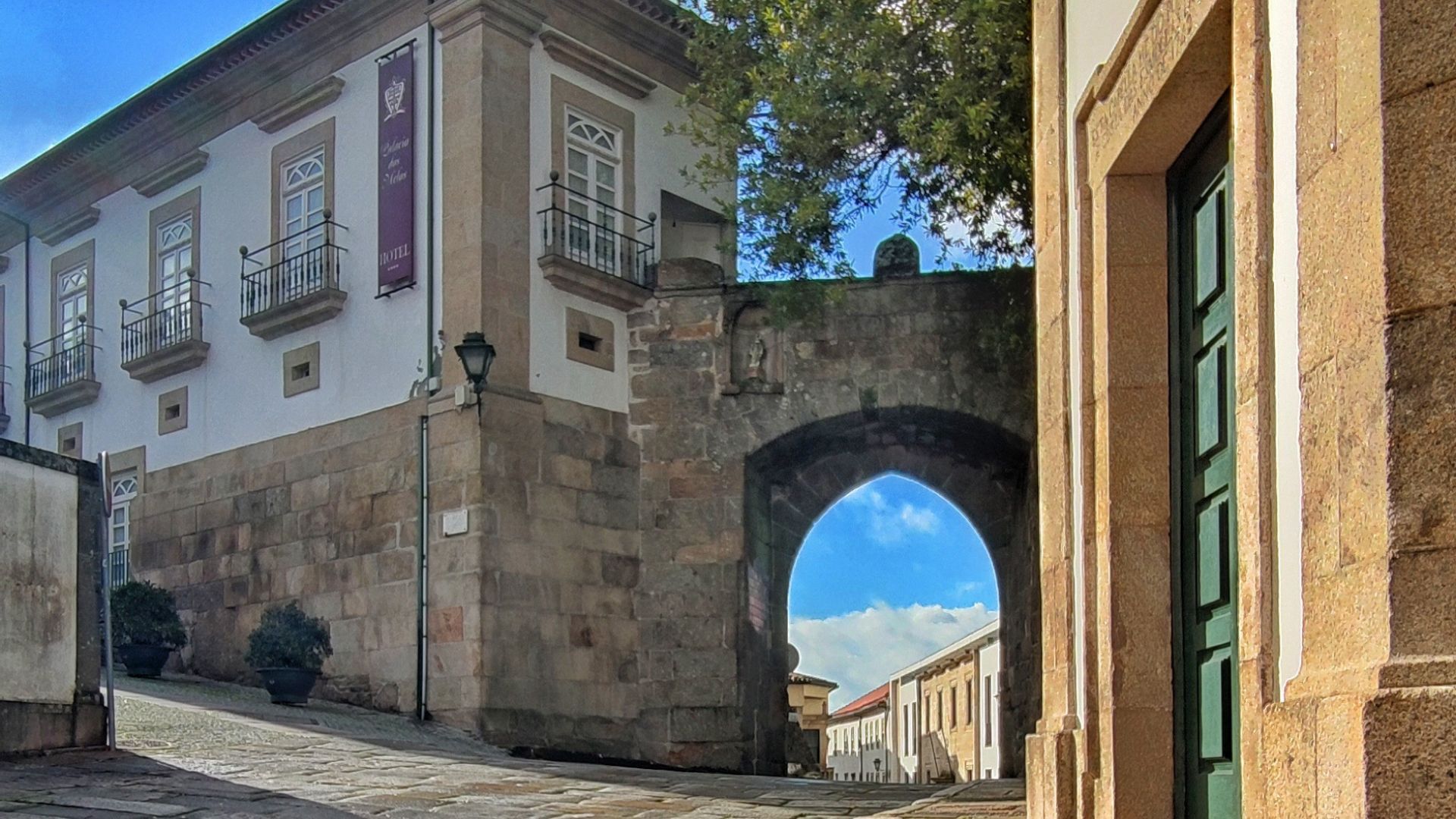
Viseu’s Medieval Charms: Cobbled Streets and Architectural Heritage
Whenever I come back to Viseu, I feel like I’m stepping into a preserved chapter of Portugal’s past. The city’s heart is a maze of narrow lanes, full of striking architecture and lively local flavor.
From ancient fortifications to bustling town squares, Viseu’s medieval roots are easy to spot.
Exploring the Historical Center
I always begin my visit in Viseu’s historical center. Walking those cobbled streets feels like traveling through centuries of art and culture.
The area is compact and easy to explore on foot. That’s perfect for soaking up every detail.
Many buildings show off Beira Alta’s traditional granite style, with wrought iron balconies and solid stonework. I’ve wandered down alleys flanked by whitewashed homes and azulejo-tiled corners.
What grabs my attention most are the old gateways that once made up Viseu’s medieval walls. Passing under these arches, I catch glimpses of towers and hidden courtyards.
The historical center includes the impressive Cathedral of Viseu. This structure draws in history and architecture fans, and honestly, it feels like a living museum, open day and night.
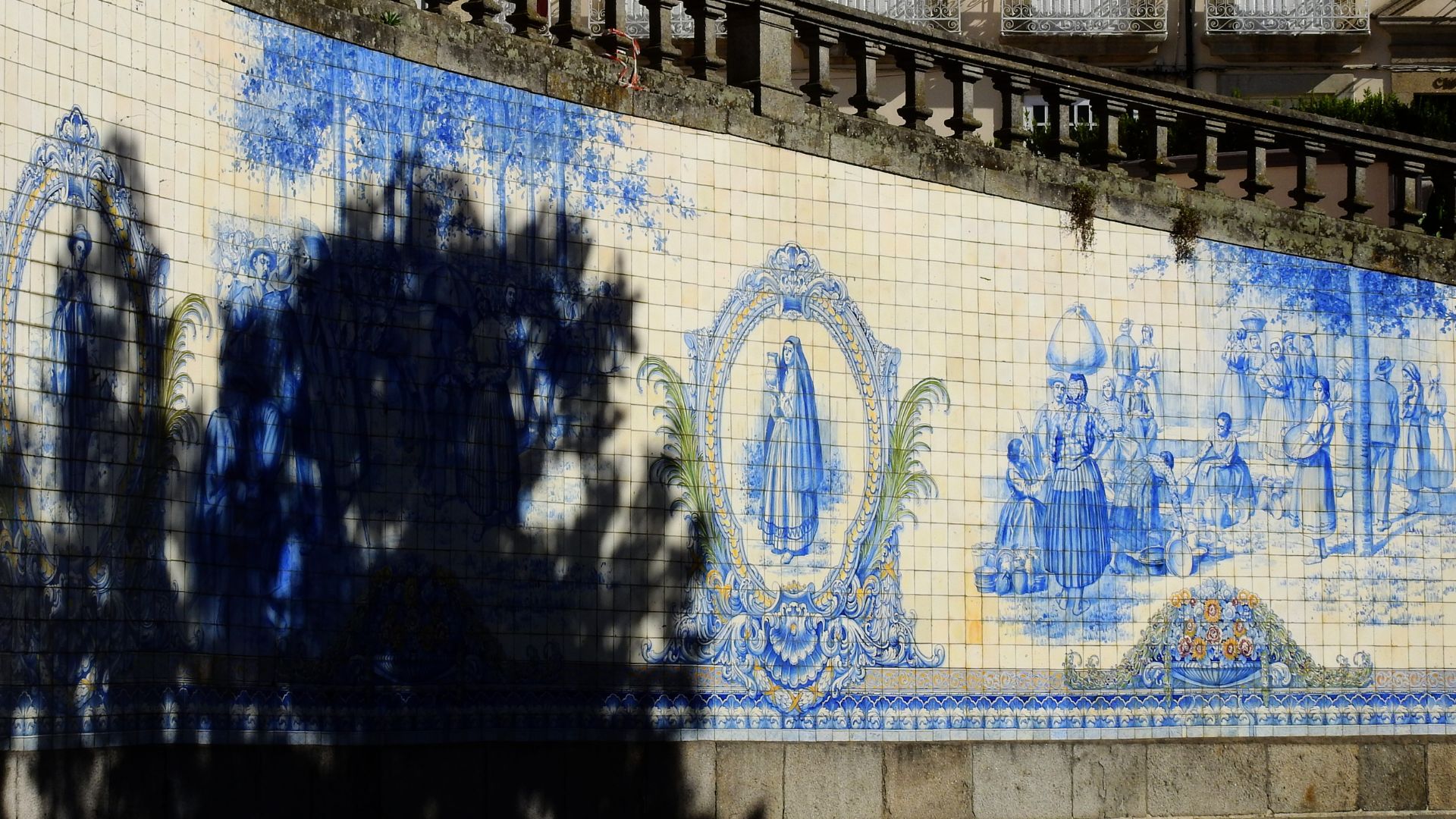
Rua Direita and Traditional Shops
Rua Direita tops my list of streets in Viseu. It’s famous for its lively mix of commerce and tradition.
This main street has been the city’s commercial heart since medieval times. Walking along, I always spot traditional shops tucked between stone façades.
Some sell hand-painted ceramics. Others are family bakeries, with the smell of fresh pão de ló drifting out. You can find unique crafts, from woven baskets to embroidered linens.
Along Rua Direita, time seems to slow down. I usually pause for a quick espresso at a corner café, watching people and listening as shopkeepers greet guests by name.
The charm lies in the details—painted doors, mosaic pavements, wooden signs swinging above the entryways.
Picturesque Praça da República
Praça da República, or Rossio as locals call it, is the beating heart of Viseu. The square feels open and welcoming, framed by historic architecture and constant activity.
I love sitting under the old trees, watching families and friends gather at the cafés. At any hour, the square fills with laughter, chatter, and the clink of coffee cups.
The black-and-white plaza paving is classic Portuguese style and a treat for photographers. Public events and outdoor markets often fill the square, making it a prime spot to soak up Viseu’s rhythms.
From here, it’s just steps to art galleries, ice cream shops, and bookstalls. Praça da República makes a great base for discovering the city’s hidden corners.
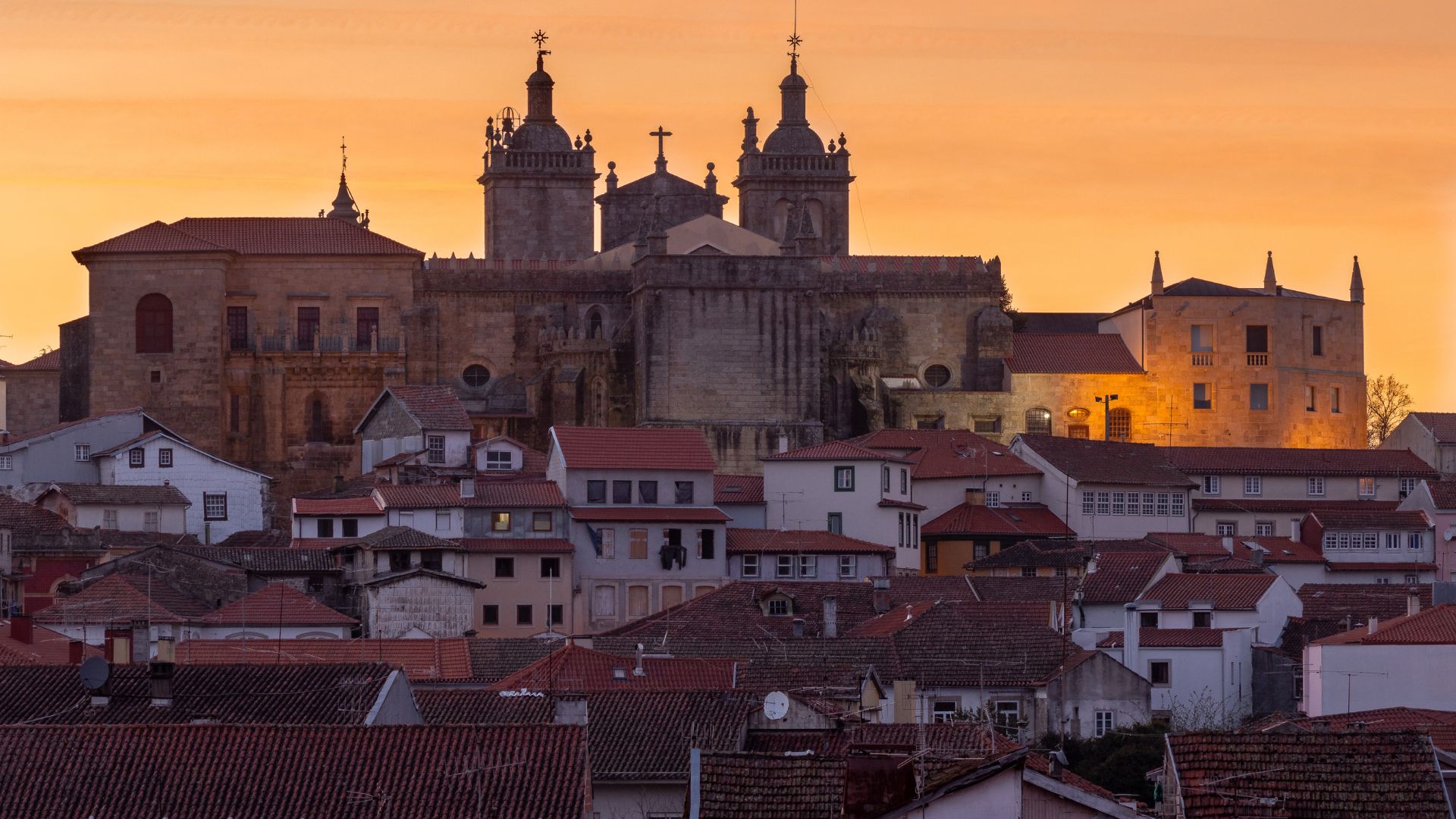
Medieval Landmarks and the Keep
One of my favorite walks in Viseu takes me past the remains of the medieval keep, or Torre de Menagem. This sturdy stone tower once defended the city.
Now, you can climb the keep for sweeping views over the rooftops and rolling Dão hills. Information panels explain the structure’s history, which stretches back to the Middle Ages.
Nearby, old city wall stretches offer photo spots and a sense of Viseu’s strategic role in Beira Alta. Other landmarks, like ancient gates and defensive towers, dot the center.
Each one tells a story of battles, trade, and daily life that shaped Viseu’s character. I always stop at these spots, picturing the bustle of medieval life that once filled these streets.
Sacred Splendors: Cathedrals and Religious Architecture
Viseu stands out for its elegant religious architecture. Centuries-old churches and sacred spaces tell stories of faith, art, and local life.
As I walk between cathedrals and chapels, I get pulled into layers of spiritual and cultural history. Each building offers something unique.
The Sé Cathedral of Viseu
In the historic center, the Sé Catedral de Viseu stands tall as the city’s heart and icon. I often pause before its grand facade in Praça da Sé, looking up at the blend of Romanesque, Gothic, and Baroque details.
The square buzzes with locals and visitors, all drawn to the cathedral’s presence. Inside, soaring columns lead my eyes to painted chapels and intricate ceilings.
The cathedral houses the Sacred Art Museum, where ancient artifacts and paintings fill the rooms. I feel the centuries-old devotion most near the 16th-century altarpiece—its gold leaf and quiet atmosphere invite reflection.
Architecture fans should check out the cloister. Its arches, filled with soft sunlight, shelter quiet moments and beautiful stone carvings.
Whether you come for the stonework, history, or art, there’s a sense of peace in the space.
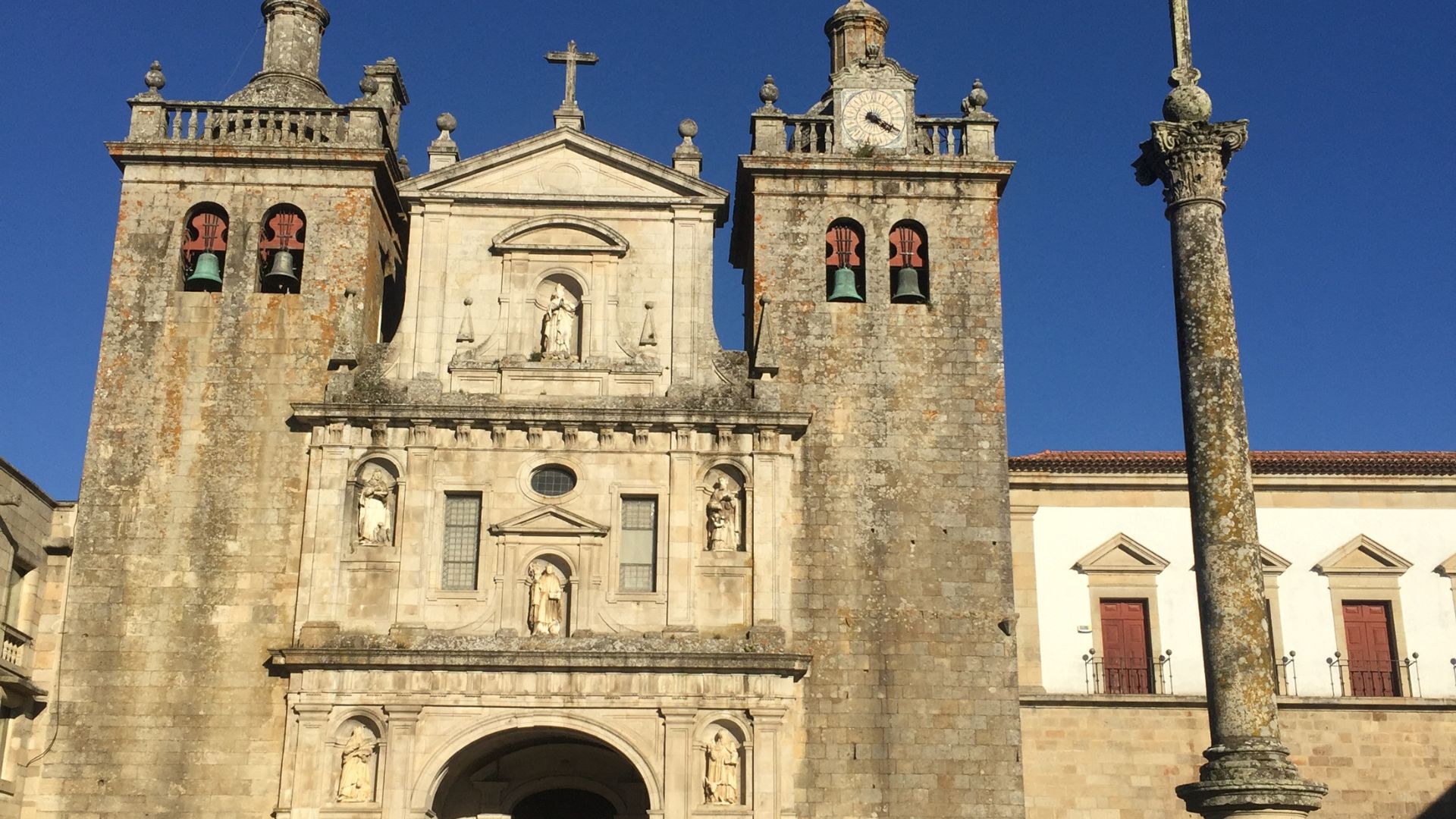
Adro da Sé and São Pedro Chapel
Just outside the cathedral, the Adro da Sé—the open, cobbled square—acts as a natural gathering place. I often spot residents chatting or kids playing, with the cathedral and nearby buildings creating a sheltered community space.
The square’s paving and stone steps feel timeless underfoot. On one side, the small São Pedro Chapel sits quietly.
Inside, the space feels much simpler than the main cathedral, but equally moving in its intimacy. The plain facade hides a peaceful interior, with soft light, quiet benches, and subtle art.
It’s a calm spot to rest and reflect amid the city’s bustle.
Historic processions and events also center around the Adro da Sé. Here, daily life in Viseu seems to flow naturally from stone to sanctuary.
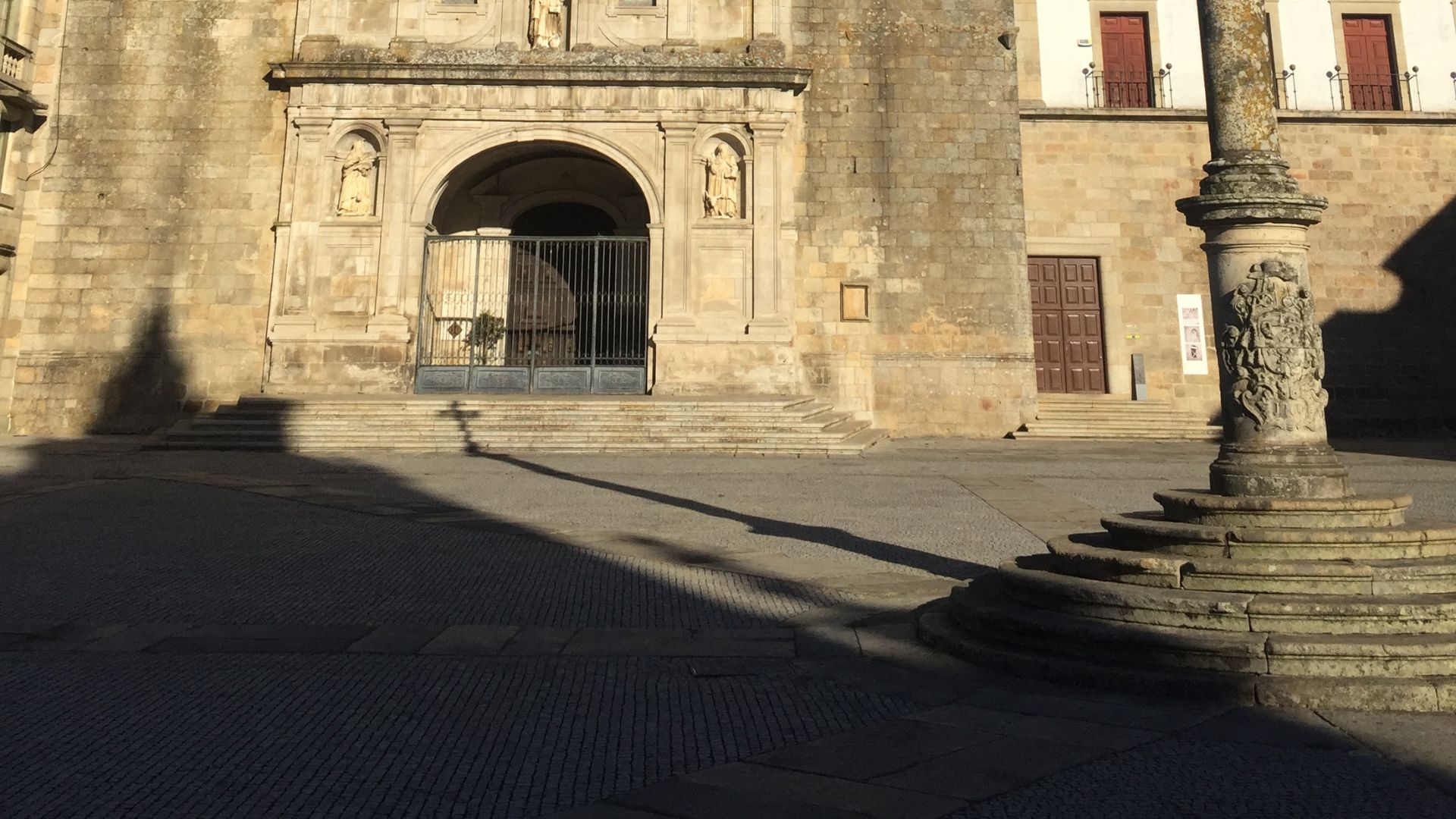
Igreja da Misericórdia and Surroundings
Facing the cathedral across the square, the Igreja da Misericórdia is hard to miss. Its white-and-gold Baroque facade brightens Praça da Sé, and the twin bell towers stand out against the sky.
The church has symbolized charitable care and artistic achievement since the 1700s. Inside, colorful tiles and a richly decorated altar catch my eye right away.
The painted ceiling and elegant wooden choir stalls show off both artistry and devotion. I recommend pausing in a pew—the gentle light, ornate carvings, and soft street sounds create a peaceful retreat.
This part of Viseu—where the Sé Cathedral, Adro da Sé, and Igreja da Misericórdia come together—shows how religious architecture and daily life blend seamlessly.
Every visit reminds me that faith and beauty really do fill every corner of the city.
Artistic Soul of Viseu: Grão Vasco and the Renaissance Legacy
In Viseu, creativity seems to flow through every street, especially when you walk in the footsteps of Grão Vasco and the Renaissance.
The city’s art scene, shaped by extraordinary works and artists, feels alive both inside museums and out in daily life.
Grão Vasco Museum and Masterpieces
I stumbled into the Grão Vasco National Museum almost by accident, but it quickly became the highlight of my cultural tour. The museum sits right next to the Cathedral, blending history and art almost seamlessly.
Inside, I found a stunning collection of altarpiece paintings, mostly by Grão Vasco (Vasco Fernandes) and his contemporaries. These massive works, bursting with color and religious scenes, once decorated Viseu Cathedral and local churches.
A few pieces from the early 1500s pulled me straight into the Renaissance world—saints, angels, and locals painted with gentle detail.
Key Museum Highlights:
- Altarpieces from 16th-century churches
- Works attributed to Grão Vasco and his circle
- Exhibits on painting techniques from the Portuguese Renaissance
Take your time here—every room invites a closer look at Portugal’s artistic roots.
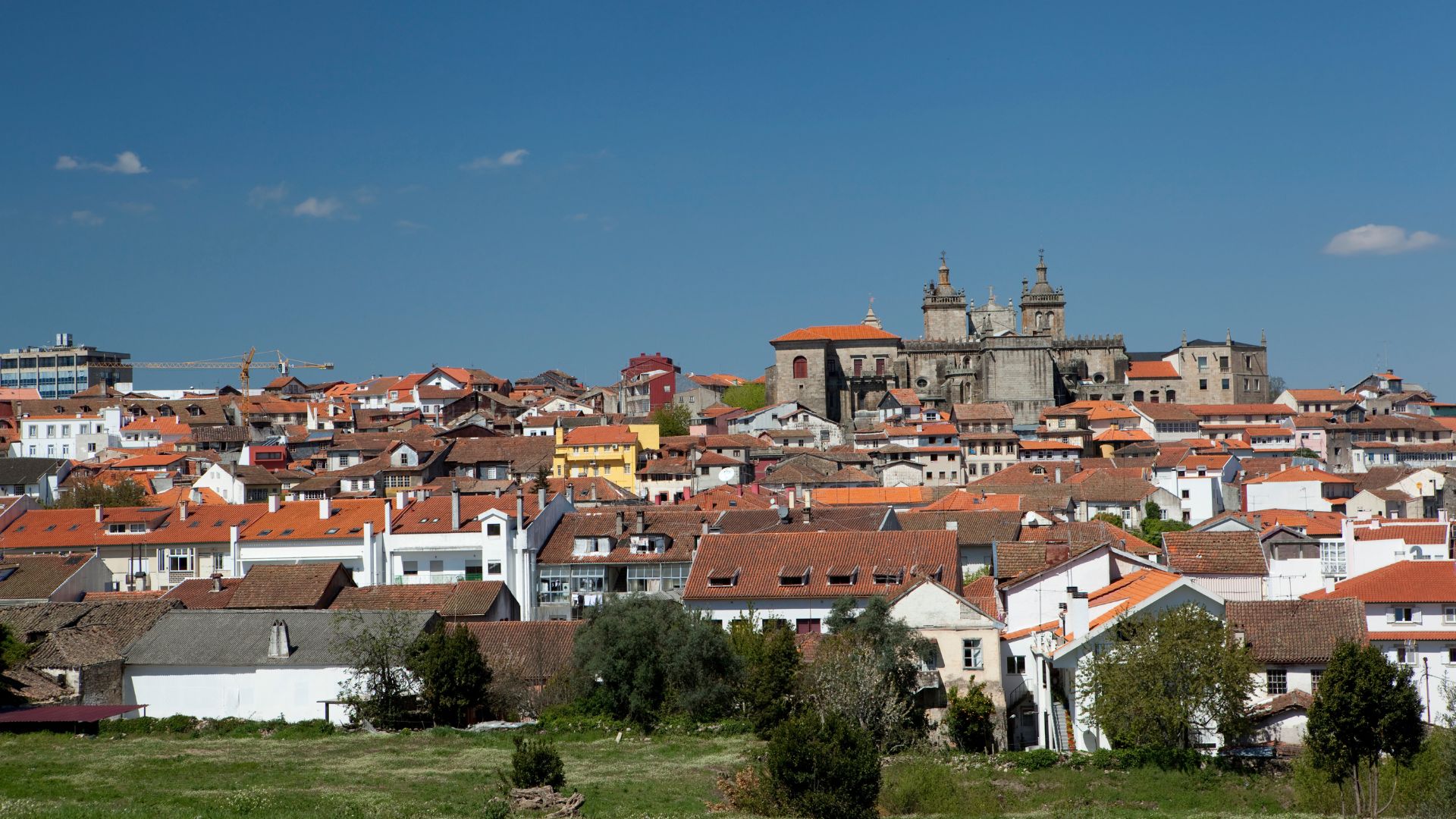
Vasco Fernandes: The Portuguese Painter
Vasco Fernandes, or Grão Vasco (“Great Vasco”), stands out as the artistic soul of Viseu. Born nearby in the late 15th century, his work left a deep mark on the Portuguese Renaissance.
His paintings are some of the finest in Iberia. What I love most is how he merges local life with grand religious themes.
He was actually the first European painter to show a Brazilian native, reflecting Portugal’s global connections at the time. Walking through Viseu, I sense his legacy in the quiet pride locals have for their heritage.
Noteworthy facts about Grão Vasco:
- Major contributor to the Cathedral’s decoration
- Known for lifelike, detailed faces
- Inspired generations of Portuguese painters
His vision keeps inspiring the city’s artists and museums.
Viseu’s Art and Culture Today
Viseu’s creative spirit doesn’t just live in Renaissance paintings. Every time I visit, I see reminders of a living culture—boutique galleries, modern art shows, and local festivals that fill the calendar with energy.
Contemporary artists often draw inspiration from Grão Vasco, blending old and new styles. The city hosts cultural events all year, from art fairs to workshops, and visitors are always welcome.
You can join in, whether you’re watching live painting or browsing handmade ceramics.
Viseu’s artistic venues:
- Grão Vasco Museum
- Contemporary galleries in the old town
- Pop-up exhibits during the annual Festas de Viseu
If you love a mix of history and creativity, wandering through Viseu feels like exploring an open-air gallery—where the Renaissance meets today’s vibrant expressions.
Viriato’s Legacy and Timeless Heritage
Few figures shape a city’s identity as deeply as Viriato has for Viseu. Exploring his story means walking through living history, from ancient earthworks to legends that still echo in daily life.
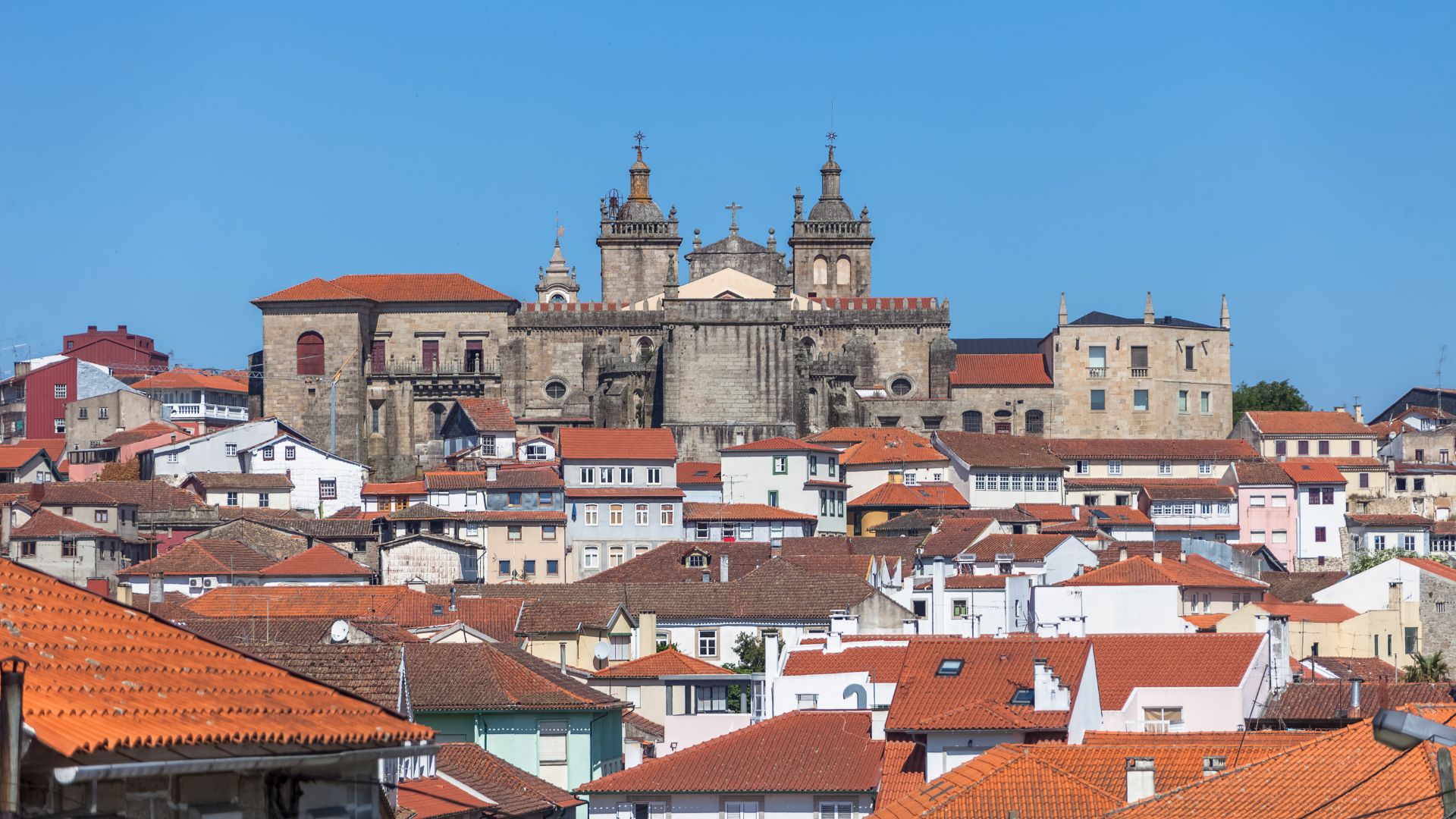
Discovering Cava de Viriato
When I first visited Cava de Viriato, the scale surprised me. This vast, tree-lined space is more than just a park—it’s a piece of Viseu’s past.
Cava de Viriato is a large ancient fortification. Its earth ramparts stretch almost two miles around, creating a peaceful green ring just steps from the city center.
People believe Cava de Viriato dates back to Roman times, but it became famous as the mythical camp of Viriato, the Lusitanian leader who resisted Roman conquest.
Walking the trails or relaxing in the shade of tall trees, I can almost imagine armies once camped here, plotting defense.
Today, locals jog, cycle, and picnic in Cava de Viriato. Information signs help visitors picture what life might have looked like centuries ago.
It’s a beautiful stop for anyone curious about history—and a peaceful break after wandering Viseu’s medieval streets.
Legends and Historical Influence
I stood before the imposing statue of Viriato, sword in hand, his gaze locked on the horizon. It’s hard not to feel the pull of legend right there.
People still debate his origins. Some say he once herded sheep before leading his people; others insist he came from noble Lusitanian roots. Either way, his story weaves deep into Portuguese identity, representing courage and persistence.
Viseu’s bond with Viriato goes far beyond statues. His legacy pops up in local art, school lessons, and even in food—a cake even bears his name. The statue, perched atop a stone base and surrounded by bronze figures, keeps his memory alive, inspiring every new generation in Viseu.

The Dão Wine Experience: Vineyards, Taverns, and Local Flavors
Exploring the Dão wine region isn’t just about sipping famous reds. It’s a journey through family-run vineyards, lively taverns, and villages that welcome you with open arms. I found the region’s flavors in every glass, every meal, and every chat with locals.
Visiting Dão Wineries and Wine Estates
Whenever I’m in Dão, I hunt for the small, historic wine estates scattered across the hills. Most are still family-run, their vineyards bordered by pine and eucalyptus trees. Stone cellars and old presses give each place a special character.
Owners greet me with warmth and stories. They often walk me through the granite-soiled vineyards, explaining how the climate shapes the grapes. Some estates, like Caminhos Cruzados near Viseu, mix modern techniques with tradition to create top-notch Dão wines. I especially love those vineyard tours in the golden afternoon light, tasting velvety reds and even sparkling wines right where they’re made.
Wine Tasting Tours and Grape Harvest
Wine tasting in Dão feels like joining a big family celebration. Guided tours run all year, but grape harvest season really stands out. In early autumn, I watched—and even helped—the grape pickers gather bunches of Touriga Nacional or Jaen.
Many wineries set up rustic tasting rooms. I enjoy sampling flights of fruity reds, known for their balance and hint of spice. Some tours wrap up with a picnic among the vines or a stroll to a scenic viewpoint. If I’m curious, I’ll ask about winemaking workshops and learn how grapes turn into Dão’s signature bold reds.
Regional Specialties: Gastronomy and Traditional Taverns
Eating in the Dão region means diving into local flavors at cozy taverns all over the countryside. I usually start with Queijo da Serra, a creamy mountain cheese. In Viseu’s old town and nearby villages, menus are packed with roasted goatling, chanfana (slow-cooked goat stew), and hearty bean rice.
Taverns and family spots pour carafes of house Dão wine, which pairs perfectly with regional dishes. I always make room for sweet cavacas, those crisp pastries glazed with sugar. Dinners here often stretch into long, easy conversations—locals love sharing tips about the best cafes or secret family recipes.
Santar, Carregal do Sal, and Mangualde: Wine Country Towns
I always find myself drawn to Santar, Carregal do Sal, and Mangualde—three towns at the heart of Dão wine country. Santar charms with its elegant manor houses and formal gardens. Local producers here craft refined reds, many with centuries of family tradition.
Carregal do Sal gives me a taste of everyday village life. I like wandering its small market and popping into taverns, where I meet winemakers and sample regional sparkling wines. Mangualde, sitting on a hill, offers lovely views and a medieval center that’s well preserved. I often stop here to pair local dishes—like roasted meats and cavacas—with some of the region’s best wines. Each town has its own flavor of Dão hospitality, and I never leave without a bottle tucked in my bag.
Adventures Beyond Viseu: Nature, Hiking Trails, and Local Gems
Viseu’s magic doesn’t end with medieval streets. When I venture out, I find rugged mountains, scenic villages, and those hidden gems you just can’t plan for. Trails snake through wild landscapes, museums reveal local heritage, and the Dão region’s wilderness opens up with every new path.
Serra da Estrela Natural Park
In Serra da Estrela Natural Park, I felt tiny beneath Portugal’s tallest peaks. The park’s scenery is dramatic—glacial valleys, granite outcrops, and peaceful meadows dotted with sheep. Winter brings snow, while spring covers everything in wildflowers.
I followed marked trails past icy mountain lakes and rushing rivers. The Marão Pass and Covão d’Ametade trails gave me sweeping views and gentle climbs, so most people can enjoy them. The park is also famous for its queijo da Serra—I couldn’t resist a taste after a long hike.
If you’ve got the time, check out Manteigas or Loriga, small towns tucked in the mountains. Late spring or early autumn is the sweet spot—wildflowers bloom, and there are fewer crowds.

Hiking in Serra do Caramulo and Caramulinho
Serra do Caramulo feels wilder and quieter than Serra da Estrela. Caramulinho, the range’s highest point, rewards a short, rocky climb with sweeping 360-degree views over green hills and distant villages.
Trail signs are easy to spot. I crossed lively streams, wandered through oak forests, and stopped every few minutes to snap photos of wind-carved rocks. Birdwatchers love this area—keep an eye out for eagles and rare woodland birds.
Spring splashes the slopes with color, while fall turns everything gold and red. Small hamlets dot the trails, and I’ve tasted smoked sausages and mountain honey made by local families. Caramulo isn’t just for hikers; cyclists will find plenty of challenging routes winding through the hills, too.
Vouzela, São Pedro do Sul, and Surrounding Villages
Just a short drive from Viseu, Vouzela and São Pedro do Sul overflow with history and thermal springs. Vouzela’s stone bridges and narrow lanes make it feel like time stopped. The weekly markets bustle with farmers selling Dão wine, pastries, and handmade cheeses.
São Pedro do Sul is best known for its spa, which goes all the way back to Roman days. After a morning hike, soaking in the warm mineral pools feels like the perfect reward. I also wandered through stone villages nearby, like Várzea and Ventosa, where locals welcomed me with stories and homemade olive oil.
These villages come alive during regional festivals, especially in late summer. Lamego, a bit further north, has a baroque sanctuary and sweeping valley views that are well worth the trip.
Museums and Parks: Caramulo Museum & Parque Aquilino Ribeiro
I didn’t expect to love the Caramulo Museum as much as I did—it’s this quirky blend of classic cars, Portuguese art, and local history that pulled me in for hours. You’ll find rare old cars, intricate model trains, and even a few Picassos tucked among the displays.
If you’re curious, or you’ve got kids in tow, this place just feels like a treasure hunt.
When I wanted a break from museums, I wandered over to Parque Aquilino Ribeiro in Viseu. The park’s lined with old chestnut and oak trees, perfect for an easy walk or just sitting around.
Locals seem to treat it like their backyard. They come here for picnics, concerts, and to check out the sculpture garden that honors Aquilino Ribeiro, who’s kind of a big deal in Portuguese literature.
You can visit both spots any time of year, but honestly, spring and early fall feel just right—the weather’s comfortable and the scenery pops.
If you want to soak up even more of the local culture, try some regional food tastings or browse the nearby open-air markets.

